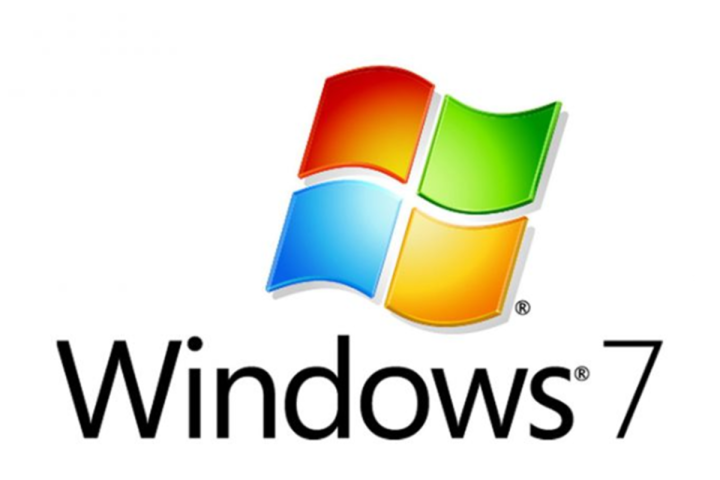Our technical manager, Ben Craven, discusses Windows 7, it’s End of Life (EoL) and what the next steps should be.
All good things must come to an end, Windows 7 included……
Windows 7 may only be a decade old, but on 14th January 2020 it will become officially End of Life (EoL).
Back in 2009, when Windows 7 launched it brought about a significant shift in the world of Windows desktop operating systems, with improved features, management tools and a much-improved personalised desktop experience. Over time Windows 7 proved to be a very stable operating system and is still going strong in any number of businesses.
The latest offering from Microsoft is Windows 10, which is expected to be “Evergreen” and therefore may well be the final version change we see in the work of desktop operating systems. Windows 10 provides another significant shift in design and appearance, more so than that of Windows 7 – so the temptation for many has been to stick to what they know and is familiar.
But Microsoft has a defined lifecycle for their products and with Windows 10 now firmly established since 2015, its farewell to Windows 7.
So what does End of Life really mean? On 15th January 2020 the world of Windows 7 will continue to work as normal, but Microsoft will no longer support the operating system and no further updates or patches will be released.
Despite the software being 10 years old, there are still vulnerabilities that could be prone to exploitation by malicious sources (malware, viruses, etc) and it is this that presents the risk. Microsoft will no longer be actively working to protect against (patch) any new vulnerabilities found.
Aside from the risk to data and system operations, unsupported and unpatched software may also have compliance (e.g. PCI) or legal implications which can have wider reaching financial and commercial impacts to many businesses.
So, accepting an upgrade is inevitable, what’s next? All roads lead to Windows 10 where Microsoft desktop environments are concerned.
Firstly, consider the compatibility of your non-Microsoft software and systems as a first port of call – newer versions may be available/needed or not compatible at all.
Secondly, what hardware is the software to be used on? Options are either upgrading existing hardware if it will support it or purchasing new with Windows 10 pre-installed. With upgrades, there are further licencing options to consider too which your IT Team or Service Provider can provide more insight on.
Last but not least – training. Whilst there are many with an aptitude for all things IT, even the visual changes will be enough to cause unease amongst some staff and businesses.
All this may read as a looming and costly challenge, but the benefits outweigh the risks and will be the first step towards Evergreen IT for some businesses. And can you afford to run the risk of not being PCI compliant or a malicious malware attack causing a security breach?
If you weren’t aware of the Windows 7 deadline or are putting off updating your Windows 7 estate, why not contact us today and see how Infinium could help.
With our 20 years’ experience as an IT service support specialist, we pride ourselves on providing support, infrastructure and advice for clients, ensuring they have the right IT Solution for their business.
To speak to one of our specialists, contact us on 0808 169 1551.
Enjoyed this? Read more from Infinium IT Ltd























